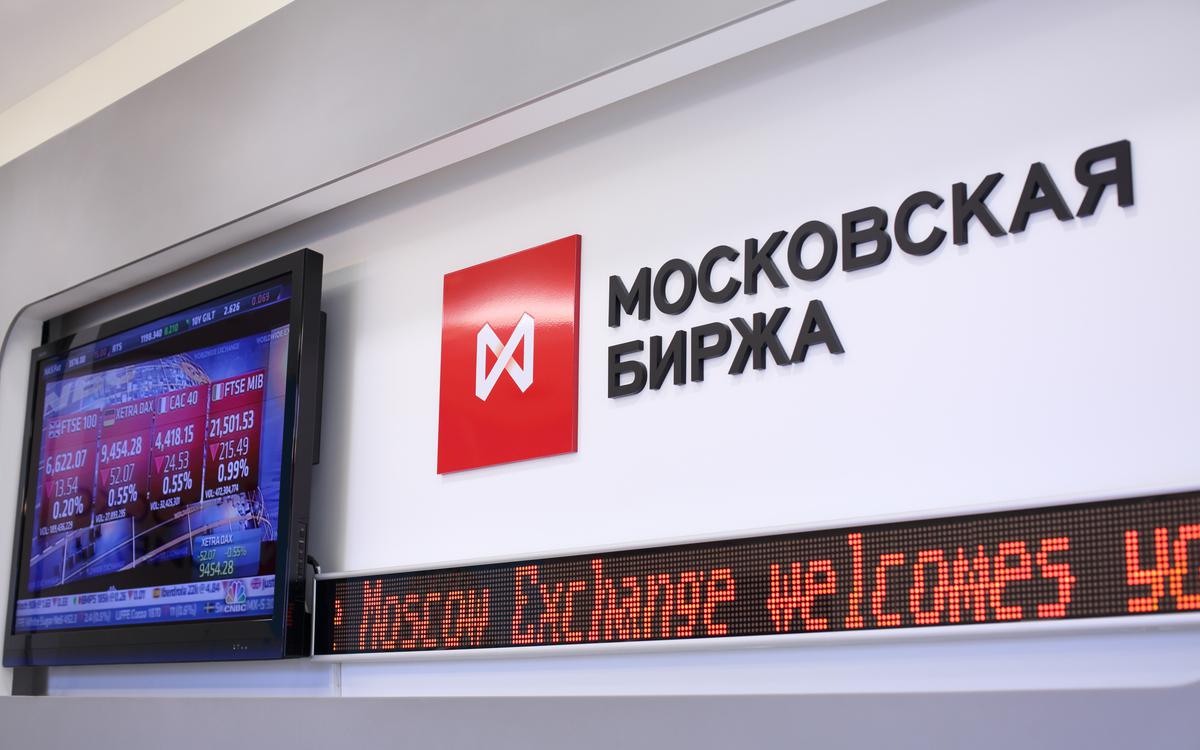How to Choose a Pre-IPO Platform: Top Services, Fees, and Entry Thresholds for 2025
Introduction
Making an informed choice regarding a Pre-IPO platform begins with understanding that it is an organized secondary market for private shares, where access conditions, minimum investments, fees, and the transaction structure directly influence the final returns and liquidity of the position after the IPO. A rational strategy is always grounded in an assessment of the investor’s regulatory status, format of participation (direct secondary transactions or funds/SPVs), lock-up schedules, and pricing transparency on specific platforms.
How Pre-IPO Platforms Operate
Platforms serve as marketplaces that connect sellers (employees and early investors of private companies) and buyers, with the visibility of the last price, order book, and transaction negotiation rules determined by internal procedures and the corporate policy of the issuer, including any potential ROFR (Right of First Refusal). To lower the entry threshold and streamline the cap table, pooling through SPVs or funds is often employed, altering the documentation of the transaction and adding a layer of expenses and distribution rules post-listing.
Regulatory Access and Accreditation
The criteria for accredited investors established by the SEC determine who can participate in most Pre-IPO offerings, involving traditional income/asset thresholds and alternatives via professional licenses and qualifications, which need to be documented during onboarding. In 2025, regulatory discussions continue to move towards expanding criteria by incorporating professional licenses and experience, balancing access to private markets with investor protection.
Minimum Investments: From $5K to $100K+
Minimum investments depend on the specific offering, the format (direct secondary buyout or participation through a fund), and demand for the issuer, thus needing confirmation on the deal card and subscription materials prior to the transaction. EquityZen is rolling out programs to lower minimums to $5,000 in certain products, although a common range of $5,000 to $10,000 is often seen in standard offerings, which is crucial for investors with limited budgets.
Fees and Costs: What Affects Returns
The fee structure typically includes transaction fees, potential fund expenses (management fees/carry), and related legal/banking charges, which must be reviewed in the fee schedule prior to subscription. The P2P model from Hiive stands out by placing the transactional fees primarily on the seller, meaning that in a base scenario, the buyer does not incur a fee, yet this is reflected in the pricing of the lot and requires a correct interpretation of the order book.
Transaction Structures: Directs, SPVs, and Funds
Direct secondary transactions provide exposure to a specific issuer but are subject to corporate approval processes and ROFR, affecting timelines and closing probabilities. Participation through SPVs/multi-funds reduces the investment size and facilitates access to well-known names, adding their own documentation, costs, and distribution rules post-IPO, which is essential to consider when comparing scenarios.
Liquidity and Lock-Up: Timing the Exit
Lock-up refers to the contractual restrictions on the sale of shares by insiders/early investors after the IPO, typically lasting 90-180 days, which sets the real monetization calendar for secondary market participants before the listing. The terms of lock-up and any exceptions are disclosed in registration documents (S-1/S-1A), hence they should be accounted for in the return model and the retention horizon planning.
Platform Comparison: Profiles for 2025
Forge Global positions itself as a regulated marketplace offering solutions for individual investors and a wide array of names, where specific minimums and fees depend on the structure of the offering and can be optimized through fund products. EquityZen develops a curated model focusing on accessibility for accredited investors and pilots to lower minimums, expanding investor participation with average checks in the private market. Linqto emphasizes low minimums and international onboarding, simplifying subscription and support for non-residents, which is beneficial for a global audience with limited budgets and a need for educational resources. Hiive builds a P2P order book prioritizing transparency of the order book and a commission model where the transaction fee primarily falls on the seller, altering the structure of the buyer's net entry.
Comparative Table: Minimums and Fees (Benchmarks)
| Platform | Access/Model | Minimum | Fees/Model | Notes |
|---|---|---|---|---|
| Forge Global | Regulated marketplace with fund products | Varies; direct offerings often require larger checks; reduced entry available through funds | Transaction fees depend on structure and offering | Wide array of names, onboarding for individual investors |
| EquityZen | Curated offerings and multi-company funds | Programs offering $5K; standard often $5-10K for offerings | Depends on product; funds have associated fund expenses | Focus on accessibility for accredited investors, expanding base |
| Linqto | Low minimums and international onboarding | Range of low minimums, varies by asset/jurisdiction | Varies by offering/structure | Focus on mobility and educational materials |
| Hiive | P2P order book with transparent fees | Depends on lot/counterparty | Fees primarily borne by the seller, buyer often incurs no transaction fee | Transparent order book and comparative fee reviews |
Platform Selection Checklist
- Check access status: SEC accreditation, KYC/AML, and additional requirements of the specific platform during onboarding.
- Compare minimum checks for target offerings and the presence of fund/SPV solutions with reduced entry that fits the budget.
- Compare fee models: bilateral fees, "seller-only commission" in P2P, fund carries, and legal costs.
- Assess liquidity and lock-up schedules for target issuers for exit planning and risk mitigation.
- Verify pricing transparency: order book, indicative offers, sources of "last prices", and data quality in the investor dashboard.
Methodology for Calculating Returns
An accurate IRR model must consider transaction fees, any carry/management fees in funds, as well as the time value of money during the lock-up period, which typically spans 90-180 days post-listing. In a P2P configuration where the buyer incurs no fee, some of the fees may be capitalized into the seller's asking price, making it essential to read the order books and compare with alternative channels as a key step in the process.
Trends for 2025: Access and Transparency
Platforms are expanding access through programs for reduced minimums and international guidelines for investors, addressing the growing global demand for participation in late-stage private markets. Competition in the high-demand issuer segment underscores the value of a transparent order book and clear disclosure of fees, enhancing comparability of offerings across platforms.
Conclusion: Strategy for Selection
A rational choice of platform balances access status, minimums, fees, transaction structure, and liquidity calendar, aiming to compare specific offerings for a single issuer across multiple platforms before subscribing. For larger checks, direct secondary transactions on regulated marketplaces may be appropriate, while for smaller budgets, SPVs/multi-funds with reduced entry are ideal, and for fee optimization, P2P models with the seller bearing the primary burden are beneficial, which requires careful reading of disclosures.




